The Inflation Reduction Act builds upon the strength of our energy efficiency ecosystem and accelerates all our goals. We’ll see a true transformation in the way people use energy, and everyone will benefit. Read our latest insights to get prepared with us.
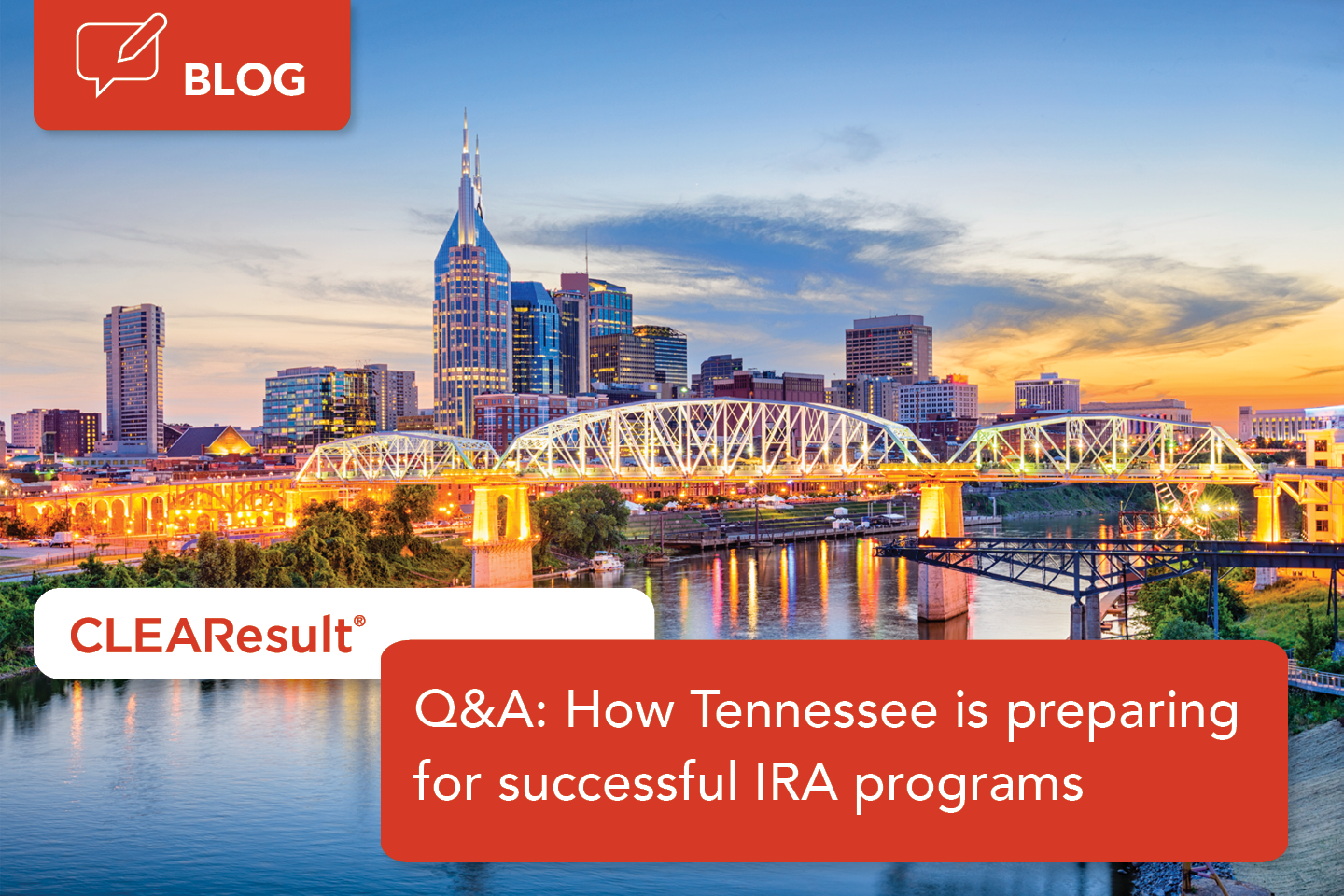 Q&A: How Tennessee is preparing for successful Inflation Reduction Act programs
Q&A: How Tennessee is preparing for successful Inflation Reduction Act programs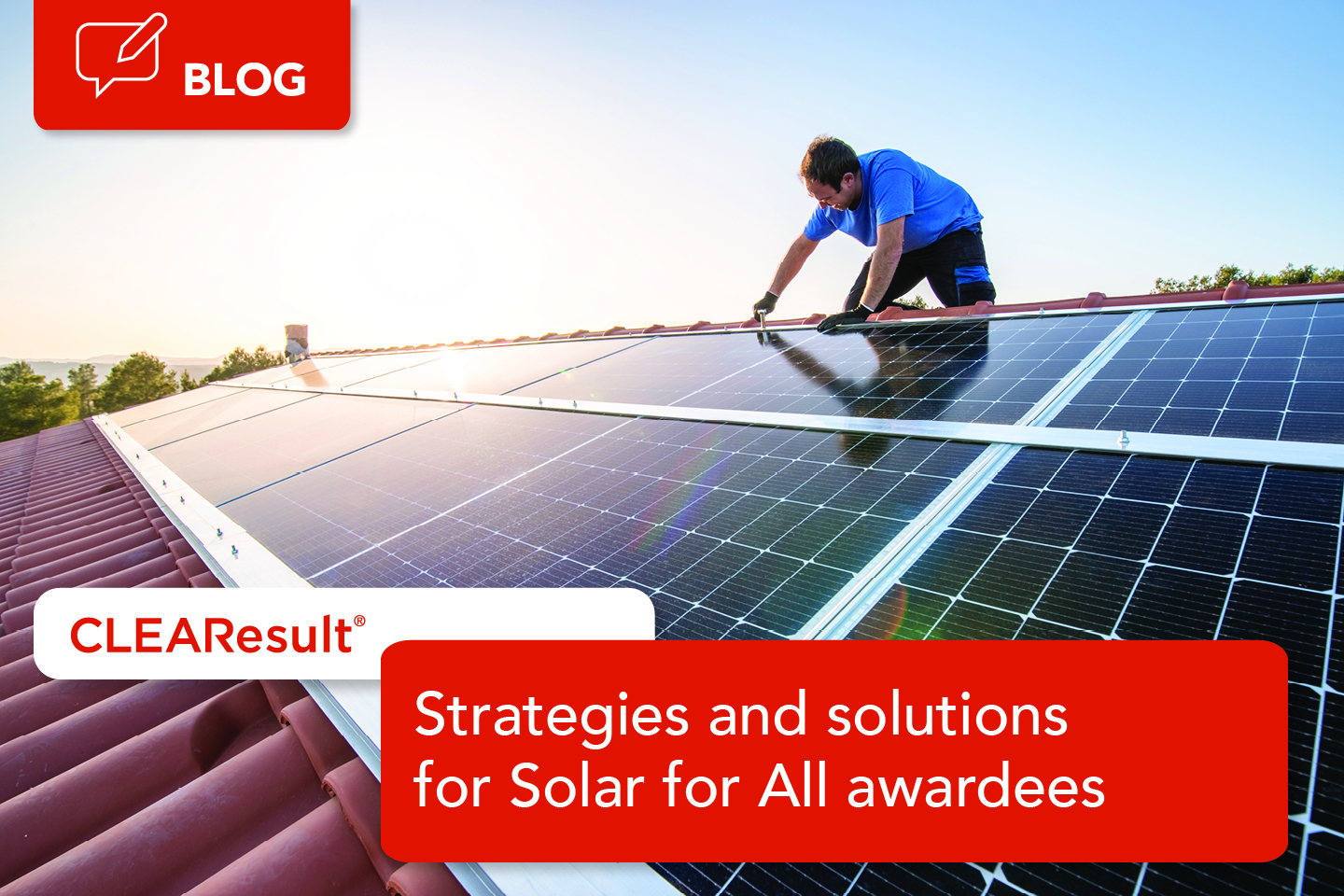 Strategies and solutions for Solar for All awardees
Strategies and solutions for Solar for All awardees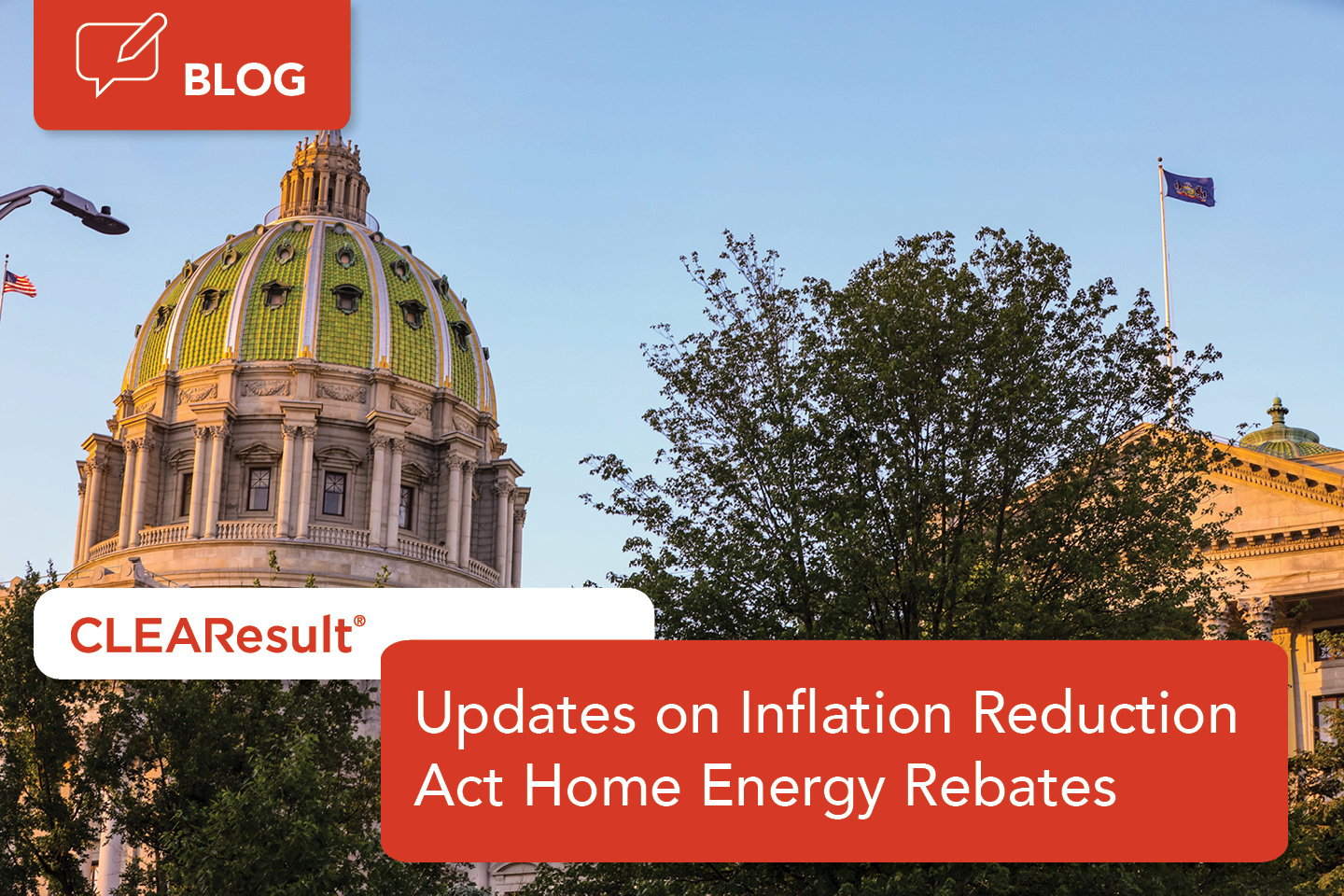 Updates on Inflation Reduction Act Home Energy Rebates (January 2024)
Updates on Inflation Reduction Act Home Energy Rebates (January 2024)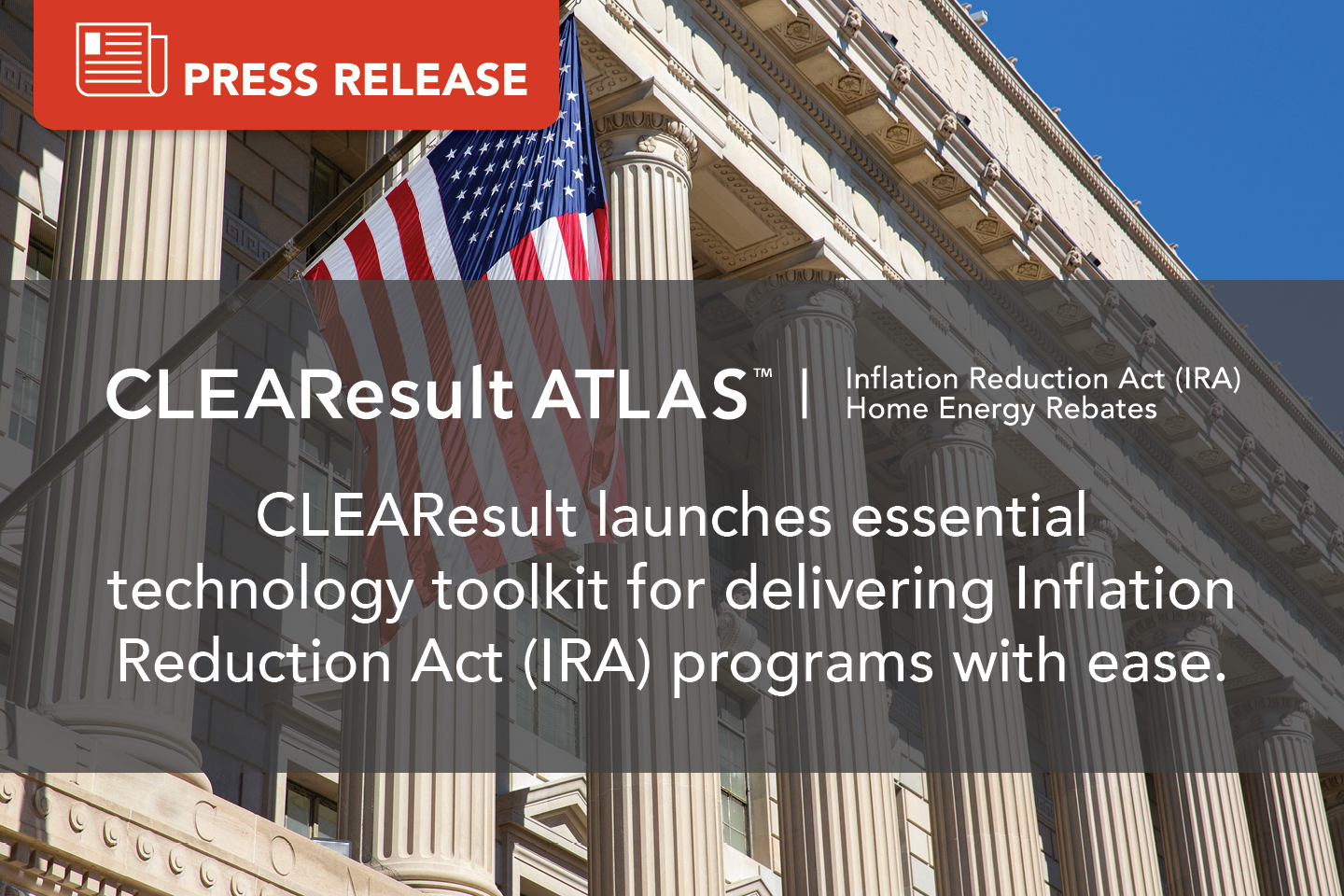 CLEAResult Launches Essential Technology Toolkit for Delivering Inflation Reduction Act (IRA) Programs with Ease
CLEAResult Launches Essential Technology Toolkit for Delivering Inflation Reduction Act (IRA) Programs with Ease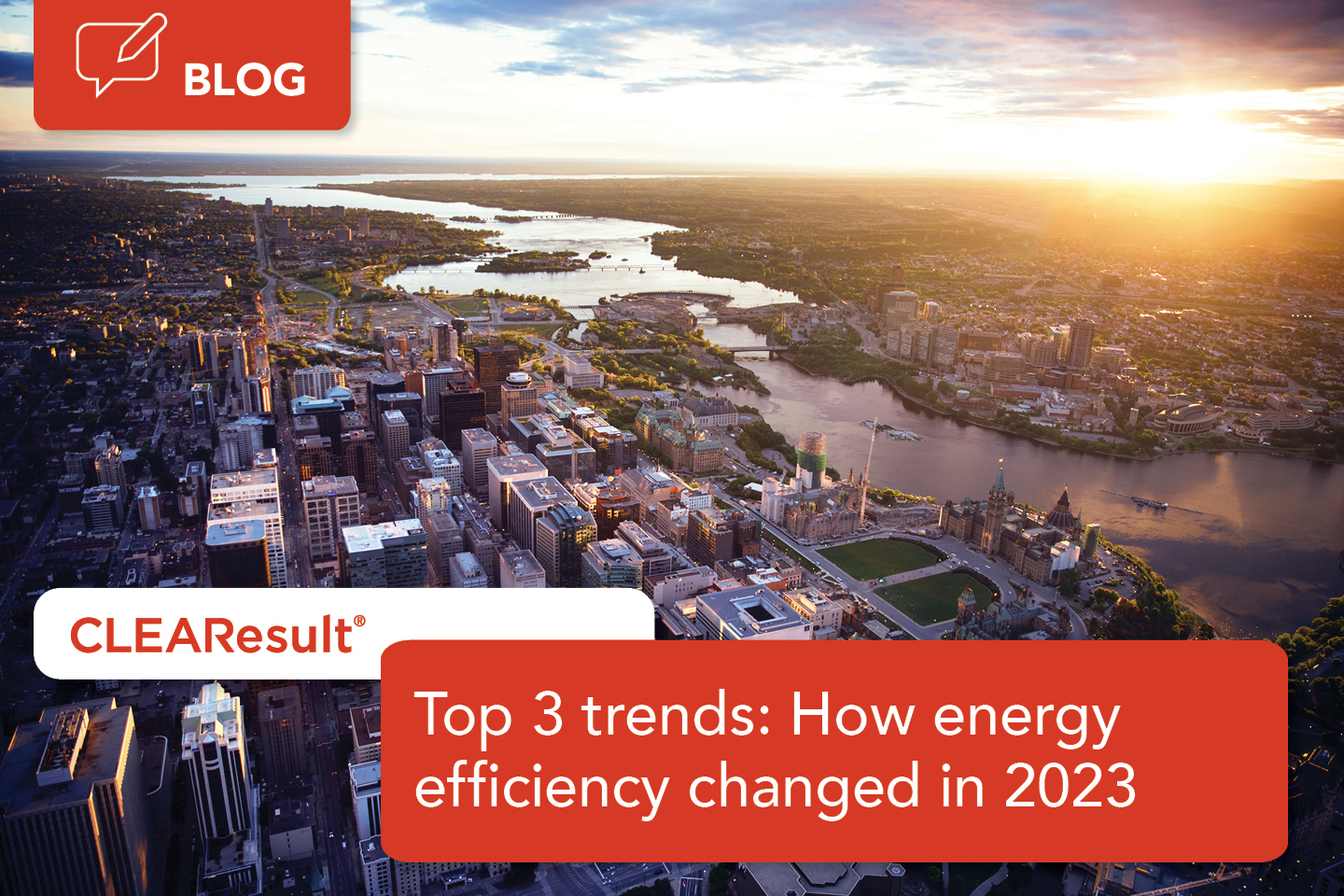 Top 3 trends: How energy efficiency changed in 2023
Top 3 trends: How energy efficiency changed in 2023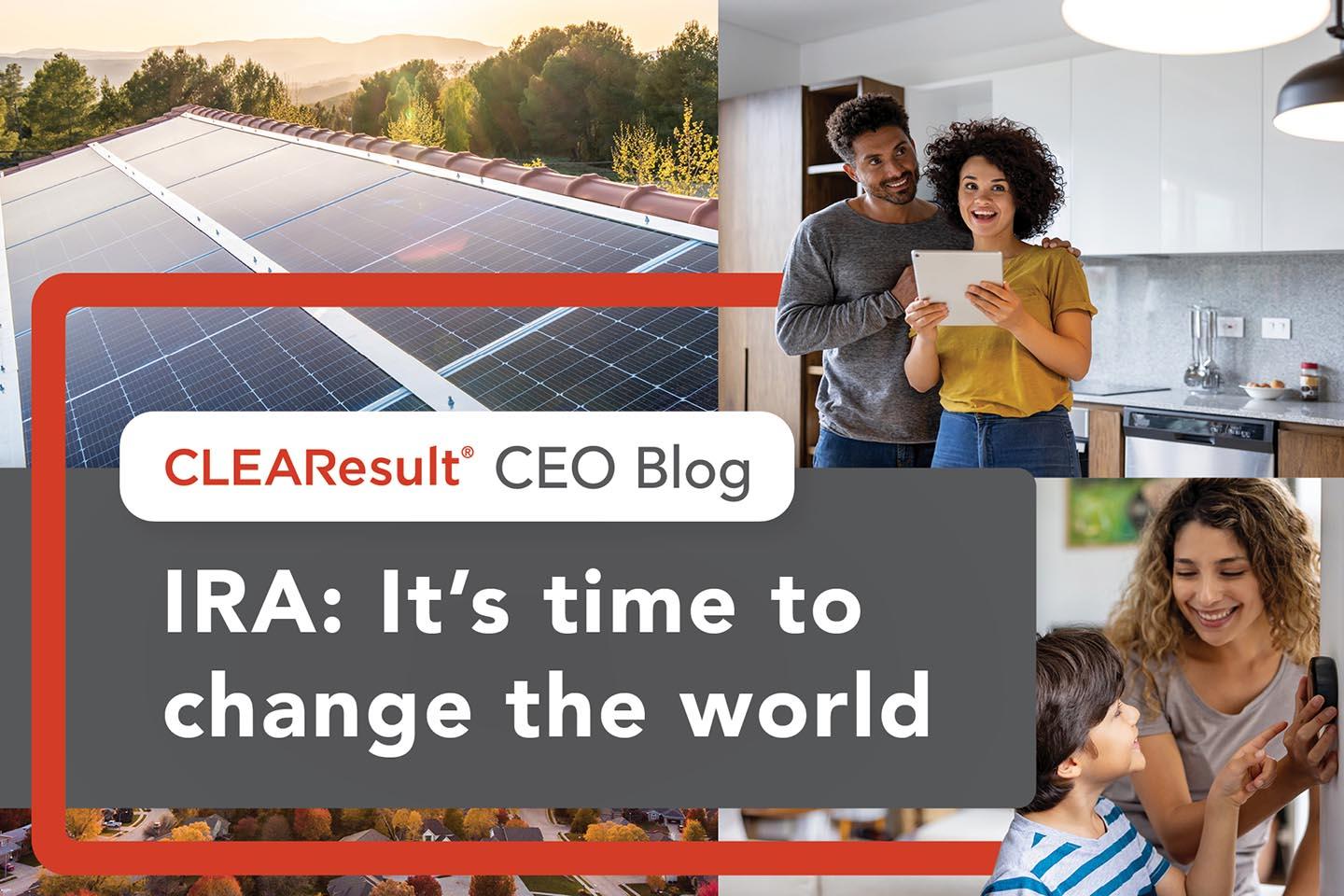 IRA: It’s time to change the world
IRA: It’s time to change the world Lessons learned at the 2023 CLEAResult Energy Forum Inflation Reduction Act keynote panel
Lessons learned at the 2023 CLEAResult Energy Forum Inflation Reduction Act keynote panel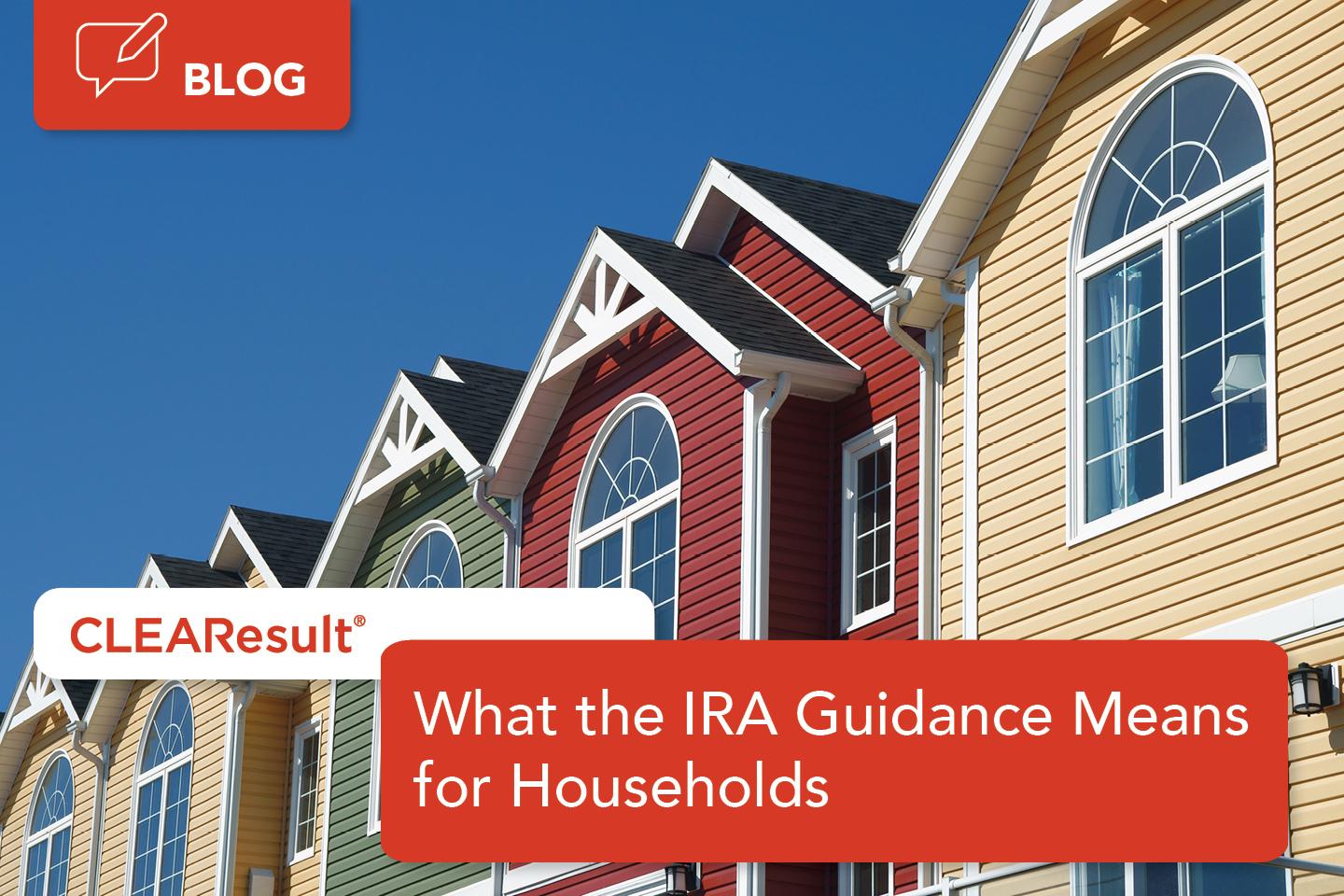 More home energy rebates are on the way. Here’s what the Inflation Reduction Act guidelines mean for you.
More home energy rebates are on the way. Here’s what the Inflation Reduction Act guidelines mean for you.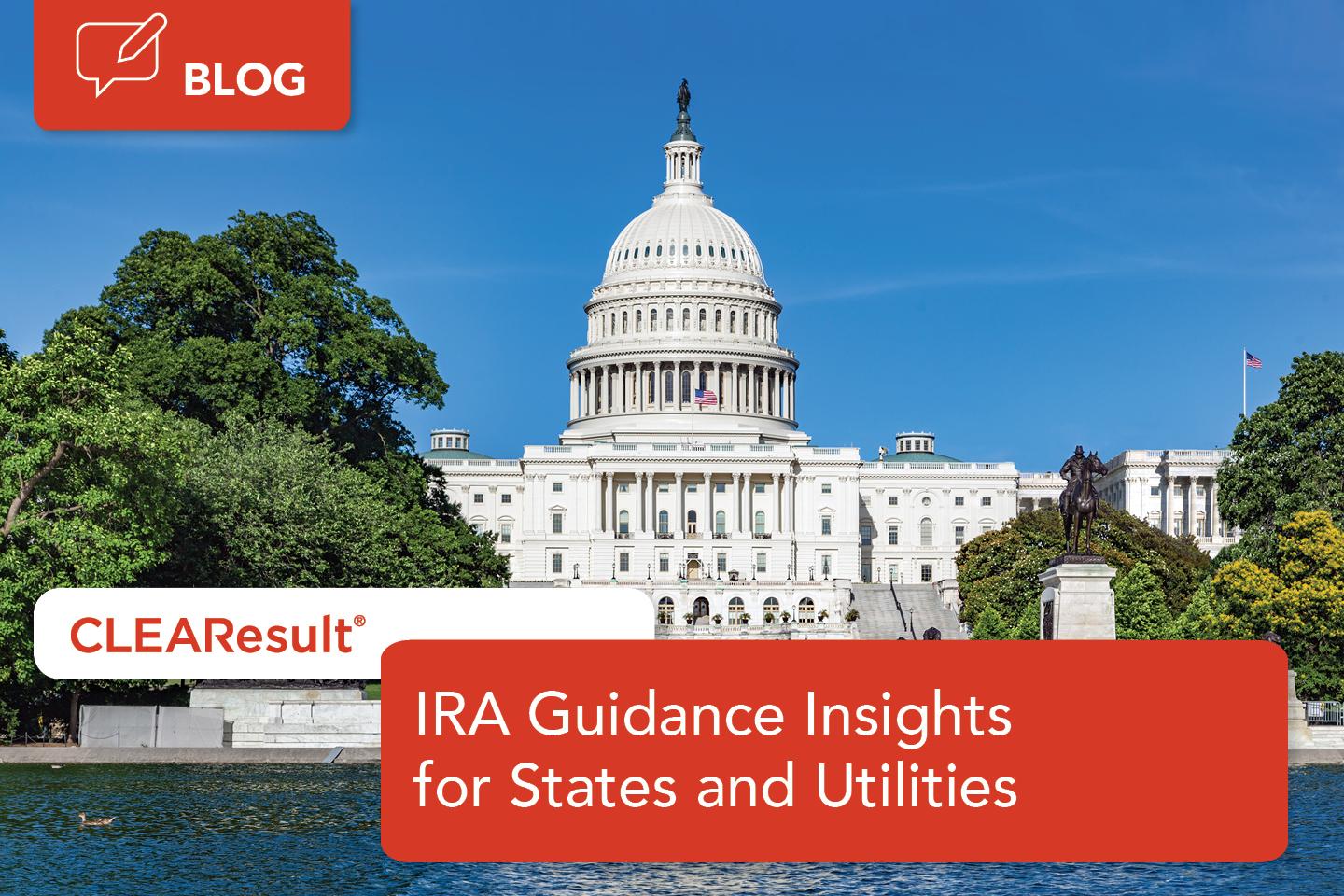 What states and utilities need to know about the new IRA program guidance
What states and utilities need to know about the new IRA program guidance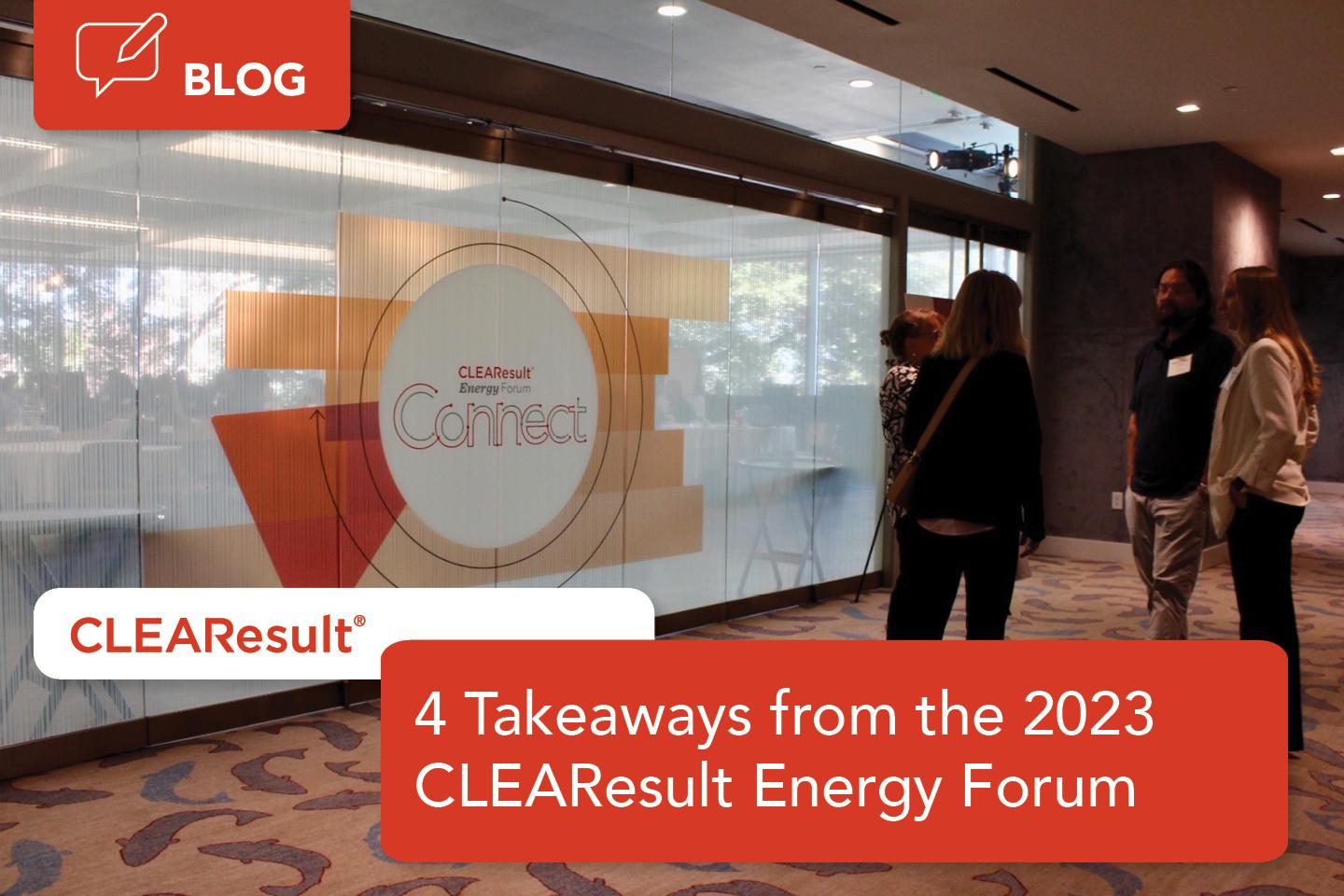 Top 4 Takeaways from the 2023 CLEAResult Energy Forum Conference
Top 4 Takeaways from the 2023 CLEAResult Energy Forum Conference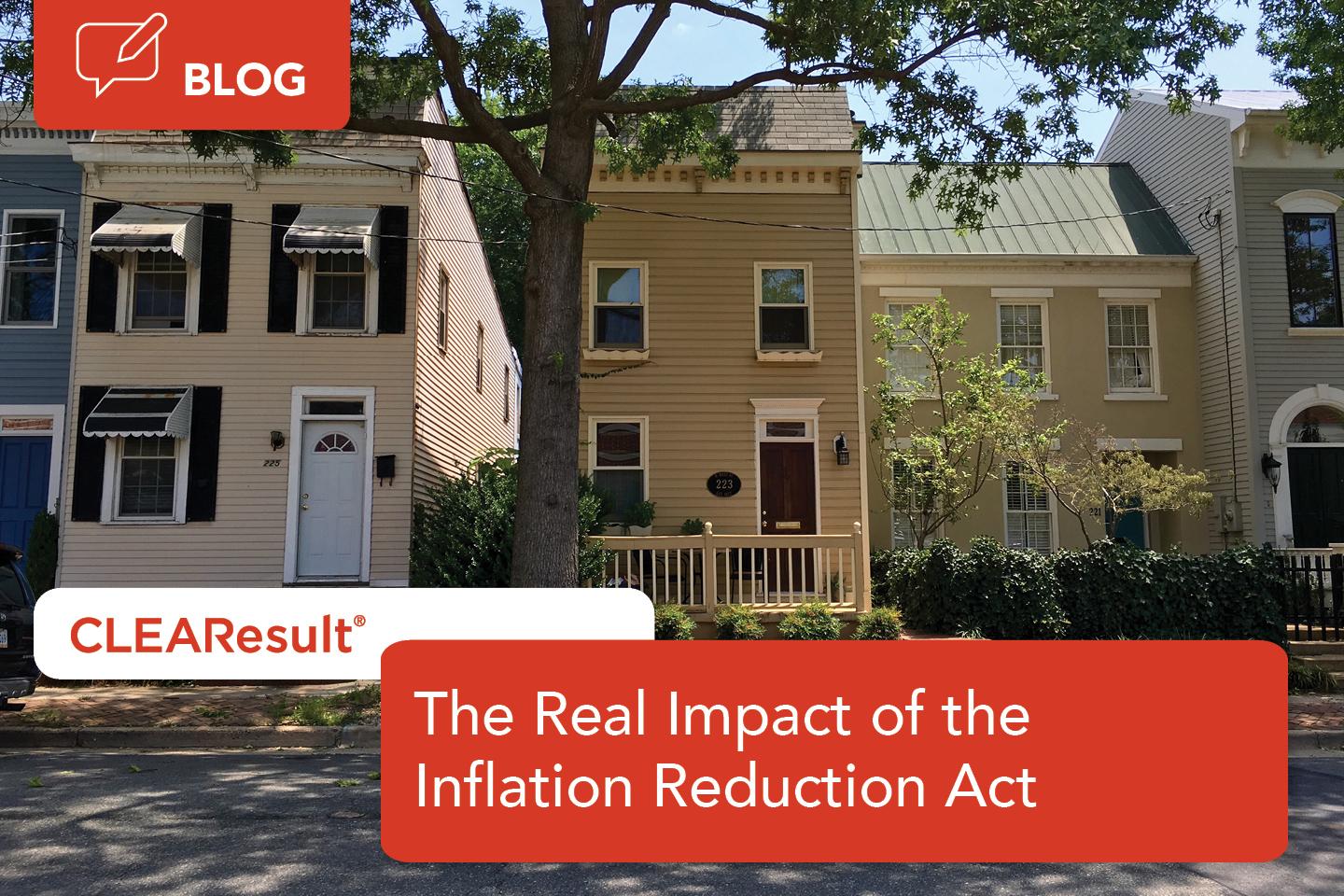 How much different households may save with Inflation Reduction Act rebates
How much different households may save with Inflation Reduction Act rebates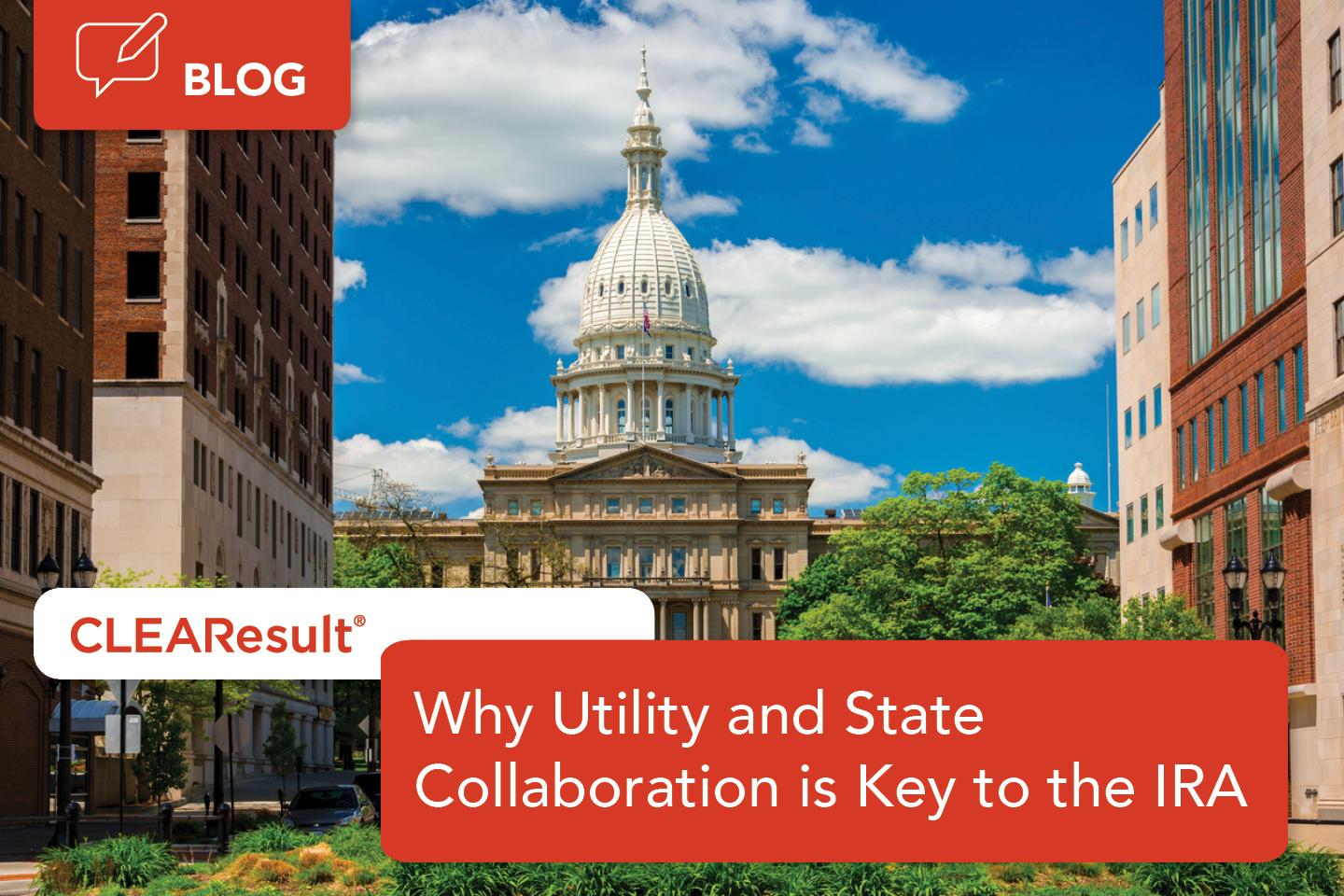 Why utility and state collaboration is key to making the Inflation Reduction Act work
Why utility and state collaboration is key to making the Inflation Reduction Act work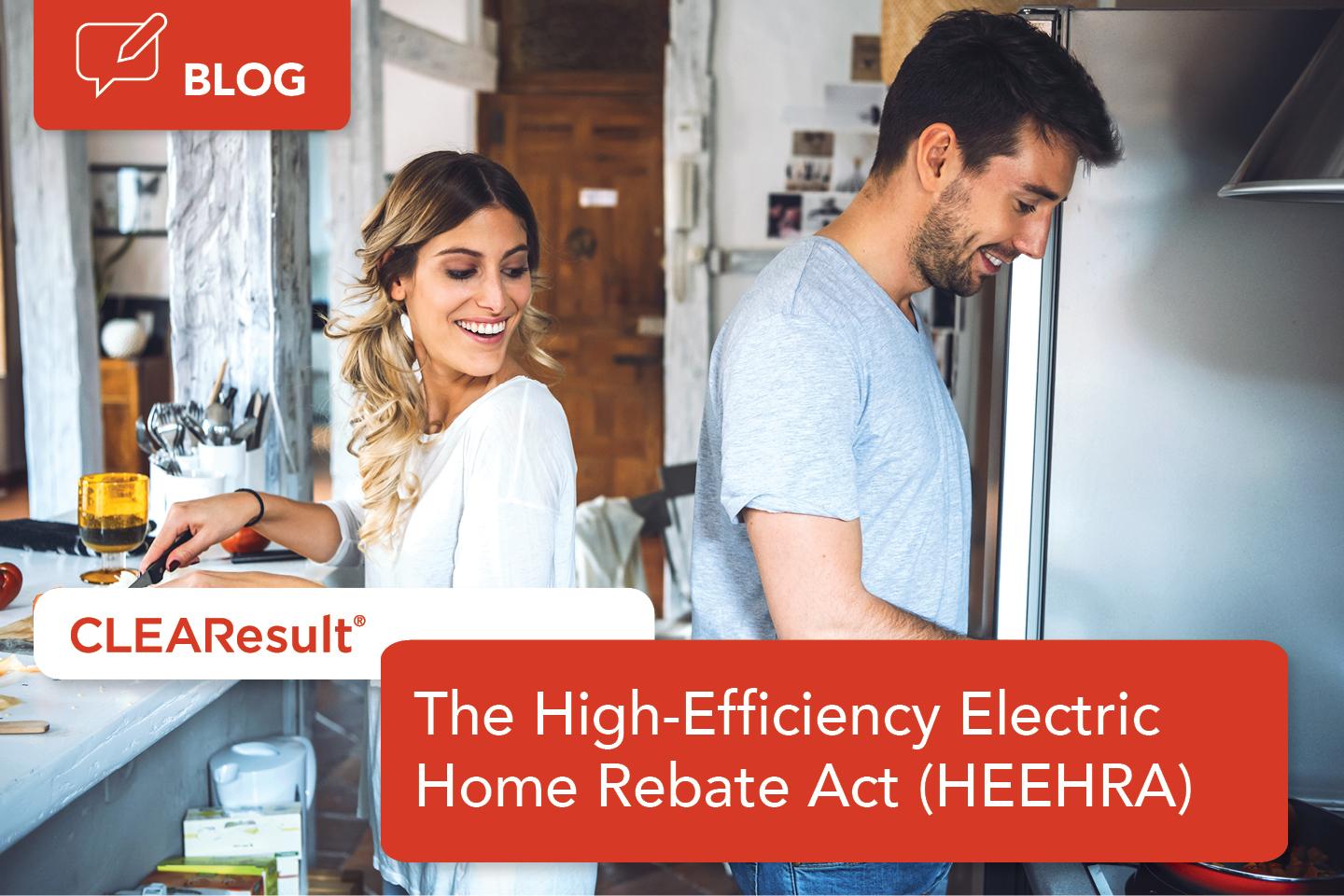 Understanding the High-Efficiency Electric Home Rebate Act (HEEHRA)
Understanding the High-Efficiency Electric Home Rebate Act (HEEHRA)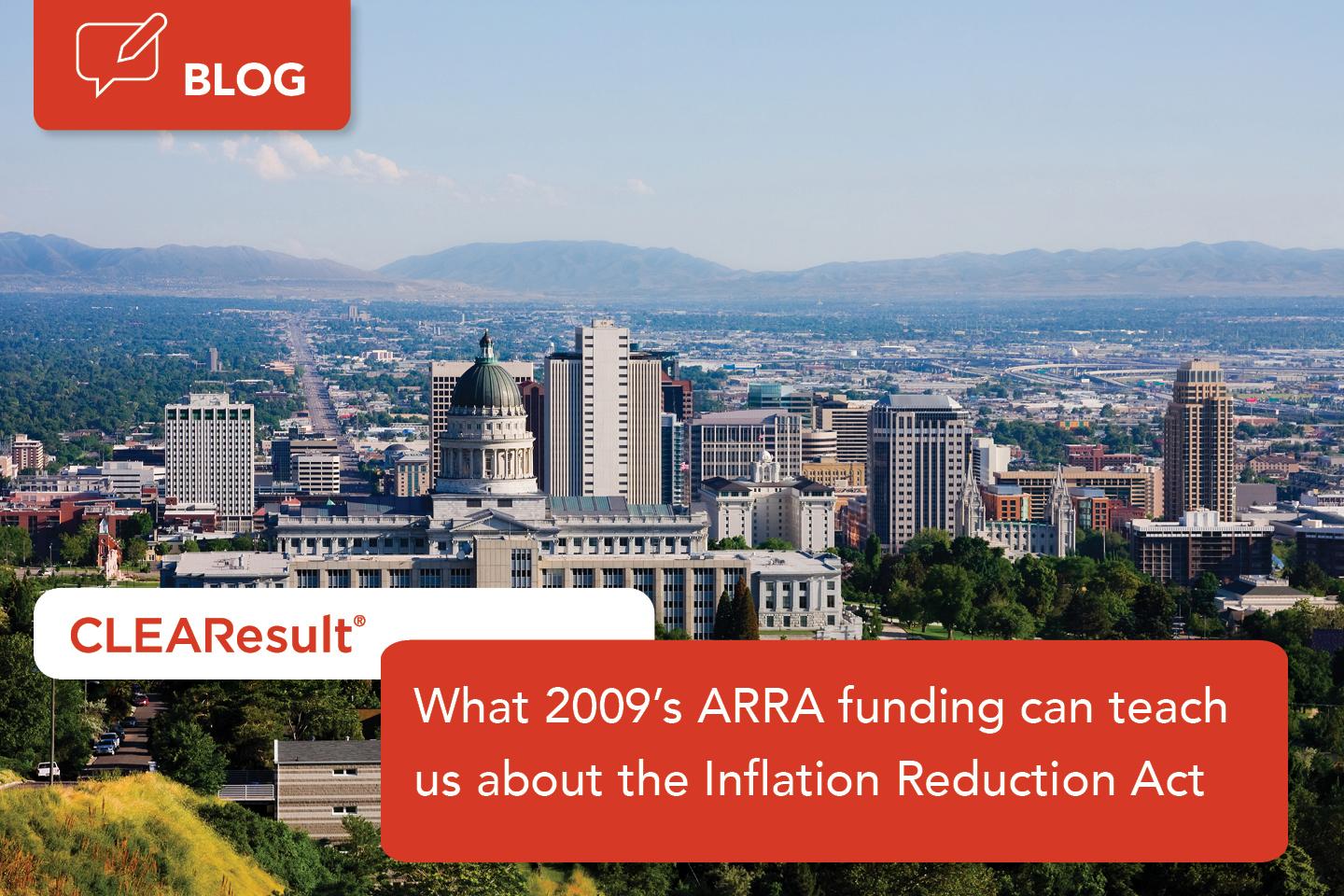 What 2009’s ARRA funding can teach us about the Inflation Reduction Act
What 2009’s ARRA funding can teach us about the Inflation Reduction Act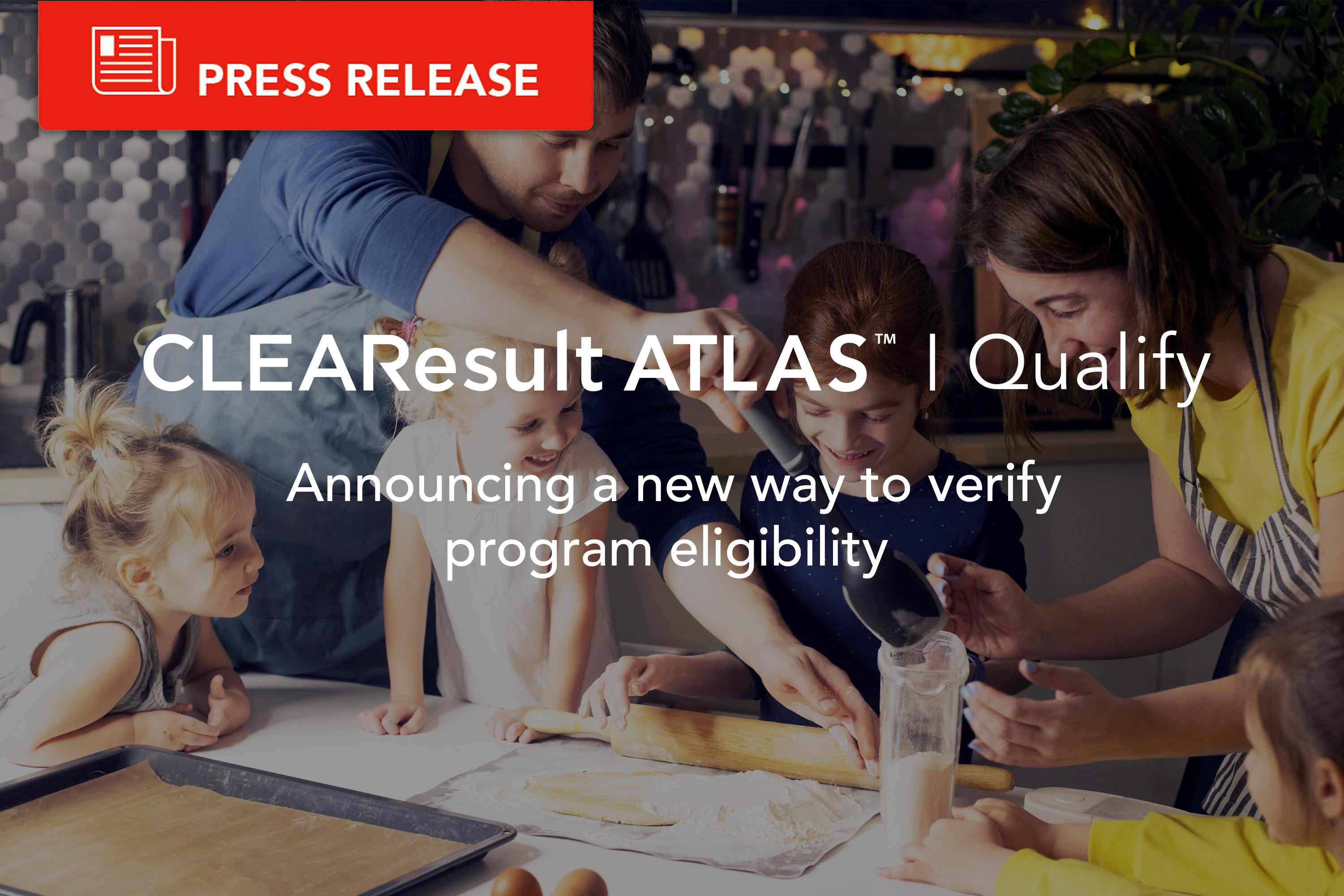 CLEAResult ATLAS™ Qualify brings automation to income-verification for energy efficiency programs
CLEAResult ATLAS™ Qualify brings automation to income-verification for energy efficiency programs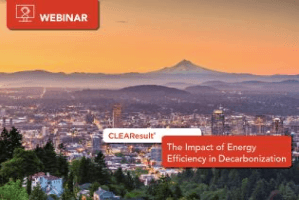 Watch our full webinar, The Impact of Energy Efficiency in Decarbonization.
Watch our full webinar, The Impact of Energy Efficiency in Decarbonization.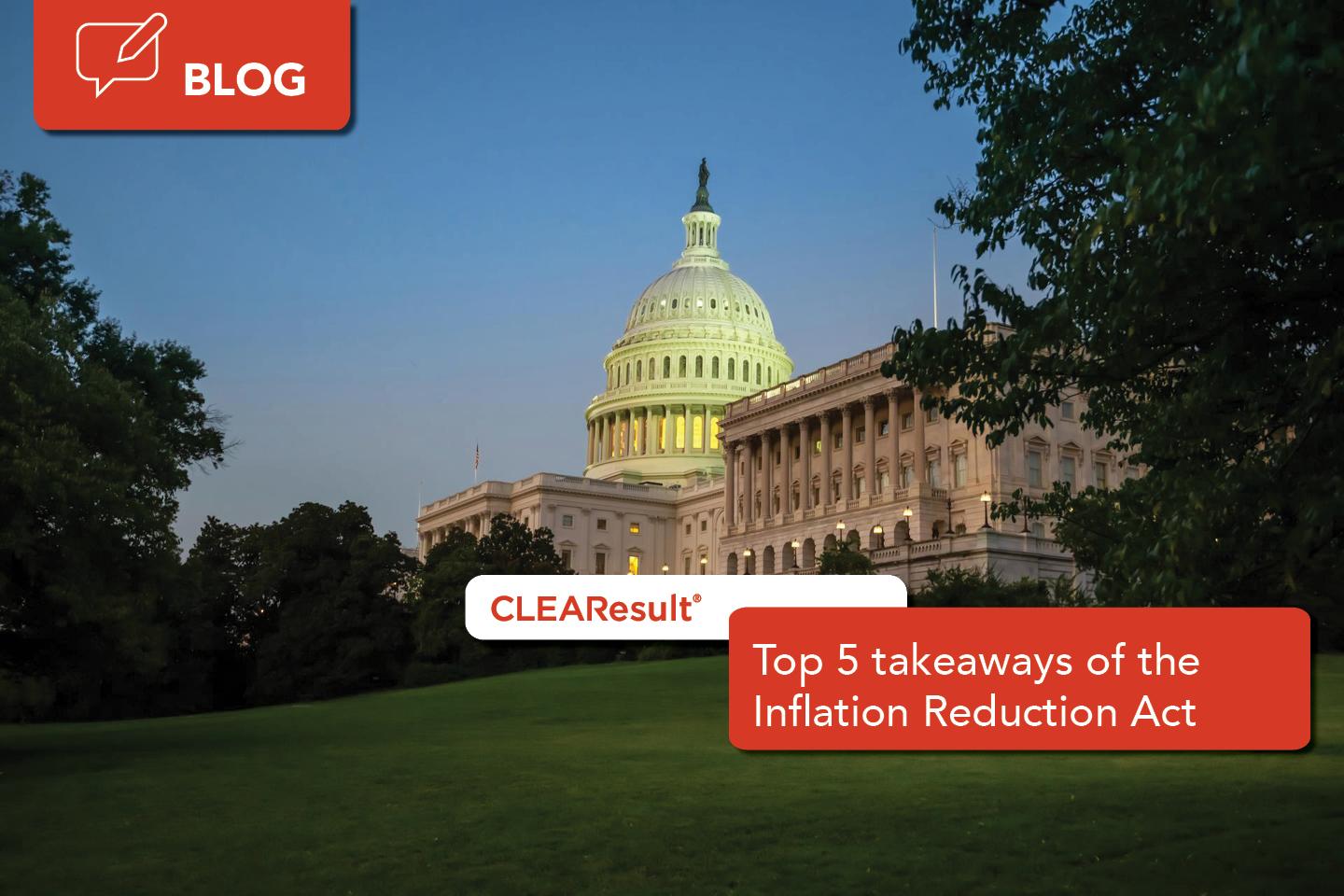 Top 5 takeaways of the Inflation Reduction Act (IRA)
Top 5 takeaways of the Inflation Reduction Act (IRA) The Inflation Reduction Act: An optimistic outlook for the next 10 years
The Inflation Reduction Act: An optimistic outlook for the next 10 years- Workforce Development: Lessons learned from our webinar
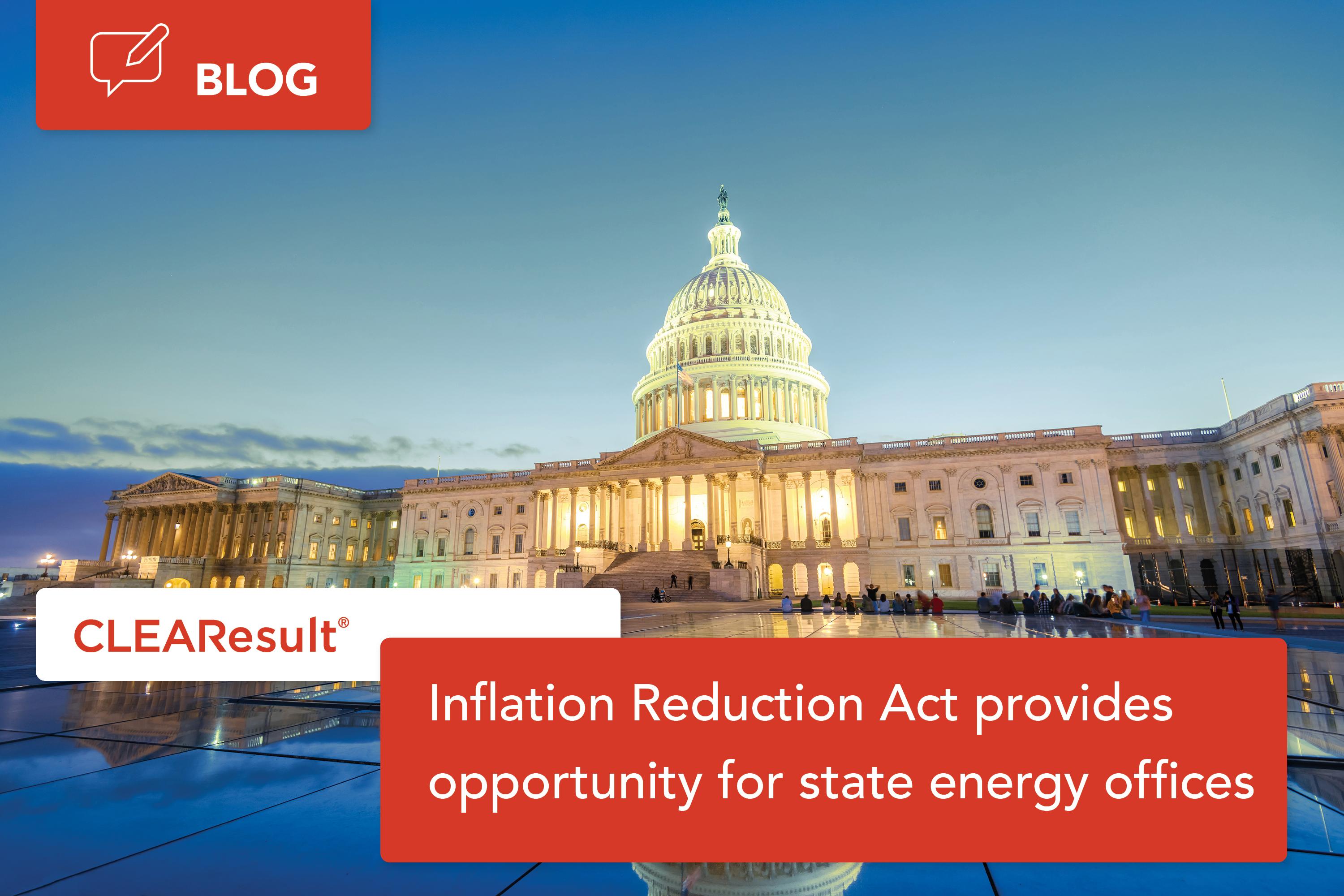 Inflation Reduction Act provides unprecedented opportunity for state energy offices
Inflation Reduction Act provides unprecedented opportunity for state energy offices Our full workforce development webinar is now available online
Our full workforce development webinar is now available online
This landmark piece of legislation will help every American lead a greener, cleaner life. Here are some of its history-making highlights:
- Our largest investment yet—the IRA aims to cut U.S. carbon emissions by 40% by 2030.
- Everyone can benefit, especially low-and-moderate income customers.
- 10-year tax credits will help fund the decarbonization of American energy.
- Home energy rebates (1) will help people reduce energy use and costs with efficiency upgrades.
- Home Electrification and Appliance Rebates Programs (2) will help income-qualified households save on high-efficiency electric appliances and more.
Wondering how the Inflation Reduction Act will impact you? The most exciting parts are in the details. Learn more about how this historic piece of legislation will help Americans everywhere lead a greener, cleaner life.
Who will benefit the most from the Inflation Reduction Act (IRA)?
While the IRA has something for everyone, the most extensive benefits are focused on low-and moderate-income customers (LMI). Traditionally, these folks pay much higher proportions of their household income toward electricity, and therefore, need the most help. Since many LMI communities also live in the least energy-efficient homes, the opportunity for energy savings is even greater. Consumers can potentially get up to $14,000 or more toward the partial or full cost of an efficiency project.
How will federal funds be released?
The IRA has allocated $8.8 billion for two initiatives: the Home Efficiency Rebates Program (previously HOMES), which offers up to $8,000, and the Home Electrification and Appliance Rebates Program (previously HEEHRA), which offers up to $14,000. Most of the funding will be distributed on a local level by state energy offices. Each state or territory will have the opportunity to apply or request funds to support the IRA’s key initiatives.
When will the states get their funding, and how long do they have to spend it?
States and territories can apply to one or both of the IRA’s home energy rebate programs and will receive funding once the DOE approves their plans. Programs will be available until the funds are used entirely or September 30, 2031, whichever comes first.
Energy offices must submit a separate application for each program and will receive 25% of their allocated funds once their program application is approved. The U.S. Department of Energy (DOE) will be prioritizing Quick Start Programs this year to encourage states and territories to launch programs in 2023.
What is a Quick Start Program?
A Quick Start Program lets states and territories who plan to launch their home energy rebate program in 2023 apply for up to 25% of their funding allocation. These applications will be prioritized for approvals by the DOE and are intended for states and territories that plan to use existing programs in the area to rapidly launch the new IRA rebates.
What opportunities does the new guidance create for state and utility collaboration?
The DOE’s guidance strongly encourages states to collaborate with utilities and their energy efficiency programs, but it does not specifically require it. Existing utility program infrastructure, such as branding and outreach, qualified contractor networks, and rebate delivery should be strongly considered when developing an application. This is especially important for states and territories who want to launch in 2023 with a quick start program.
State programs also now have guidance for how to work with utilities to access consumer energy use records that are required for creating accurate savings models.
How will IRA programs verify people’s income and eligibility?
State programs can choose between several verification options to confirm what level of rebates a household is eligible for based on income. Traditional income documentation, such as a Form 1040, is one option. Another option is for states to lean on recognized programs that people may already participate in like SNAP, Medicaid, and Weatherization Assistance Programs (WAP).
Can my household get an IRA rebate and take advantage of federal tax credits?
At the start of 2023, several home energy tax credits became available for consumers. This includes the Energy Efficiency Improvement Credit, often referred to as the 25C tax credit, that can save you 30% on qualifying upgrades. Many of these upgrades also qualify for home energy rebates funded by the IRA.
People who receive IRA rebates for improvements like heat pumps or insulation that are also eligible for the federal tax credit can still claim the credit after reducing the amount provided from the rebate. For examples of how to maximize your savings, read our blog on what the new guidance means for you.
What is included in the Home Efficiency Rebates Program?
Previously known as HOMES, the Home Efficiency Rebates Program lets states and territories provide rebates to households for whole-house energy-saving retrofits.
Eligibility for this program includes single-family homes, multifamily buildings, and income-qualified households. As part of the grant application, states can request approval for higher rebate amounts for LMI households. The program also includes a $200 bonus to contractors or providers for each home located in a disadvantaged community.
What is included in the Home Electrification and Appliance Rebates Program?
Previously known as the High-Efficiency Electric Home Rebate Act (HEEHRA), the Home Electrification and Appliance Rebates Program helps low- and moderate-income (LMI) households save on energy-efficient electric home upgrades.
Eligibility for these programs will be limited to LMI households with a total annual income less than 150% of the median for the area, as well as multifamily building owners with more than 50% LMI residents. If income verification is included at the point-of-sale, these programs would also allow for instant rebates to be applied upfront.
Rebates for energy efficiency improvements include:
| Energy Efficiency Measure | Maximum Rebate Amount |
| Heat Pump Water Heaters | $1,750 |
| Heat Pump HVAC | $8,000 |
| Electric Stove, Cooktop, Range, or Oven | $840 |
| Heat Pump Clothes Dryer | $840 |
| Electric Load Center Upgrade | $4,000 |
| Insulation, Air Sealing, and Ventilation | $1,600 |
What are the deadlines for applications?
The deadline for applications is January 31, 2025. States or territories must provide notice of their intent to apply by August 16, 2024, otherwise their allocation will be redistributed to other State Energy Offices that applied for funding. It’s important to keep in mind that the application process is complex, and it will likely be several weeks or months before many states and territories are ready to submit their program applications for DOE approval.
What tax credits are available through the bill?
The IRA modifies and extends existing tax credits through 2032 for residential homeowners. Such a long window provides ample opportunity to take advantage of all the ways to save. For example, the Energy Efficiency Home Improvement Credit has increased to a 30% credit (up to $1,200 per year) that can be applied to projects such as rooftop solar, home energy audits, efficient water heaters and heat pump water heaters, central air conditioning and more.
There are also additional tax credits for both commercial and residential electric vehicles (EVs). A full breakdown of the tax credits included in the IRA can be found in this summary by the Bipartisan Policy Center.
How does the IRA affect the electric vehicle market?
It’s no secret that the future of transportation is being shaped by electric vehicles. The IRA will accelerate this transition through tax credits and grants. Here are some of the most notable ones:
- Establishes manufacturer tax credits for producing battery cells and modules that will reduce the overall cost of an EV
- Restructures the existing Clean Vehicle Tax Credit for consumers (i.e., eliminates the previous manufacturer quota, which phased out the tax credit for manufacturers as they neared 200,000 clean vehicles sold)
- Introduces a new $4,000 Pre-Owned EV Tax Credit for consumers
- Creates a new credit for Commercial Clean Vehicles up to $7,500 for smaller vehicles and $40,000 for larger vehicles purchased for commercial use
- Reintroduces the Alternative Fueling Property Tax Credit
- Delivers $1 billion in grants for zero emission heavy duty vehicles
Do any parts of the IRA focus on decarbonization or greenhouse gas (GHG) reduction?
There are several provisions focused on decarbonization or greenhouse gas (GHG) reduction.
- GHG Reduction Fund (EPA): New fund to invest up to $27 billion to rapidly deploy low- and zero-emission technologies in disadvantage communities. These funds will go to non-profit, state and local financing institutions that also leverage investments from the private sector.
- Climate Pollution Reduction Grants (EPA): This includes $4.75 billion in competitive grants to implement GHG air pollution reduction plans and another $250 million in grants for the costs of developing plans to reduce GHG air pollution. It also directs the EPA to make such a grant to at least one eligible entity in each state.
- Advanced Industrial Facilities Deployment Program (DOE): $5.8 billion will be available through September 30, 2026, to create a new program within the Department of Energy’s Office of Clean Energy Demonstrations (OCED) to invest in projects aimed at reducing emissions from energy intensive industries.
- Environmental and Climate Justice Block Grants (EPA): $3 billion will be invested in community-led projects in disadvantaged communities to address disproportionate environmental and public health harms related to pollution and climate change.
- Affordable Housing Energy Efficiency and Water Efficiency (HUD): $837 million available to provide loans and grants for projects targeting affordable housing. The funds can be used for:
- Improving energy or water efficiency
- Enhancing indoor air quality or sustainability
- Implementing the use of zero-emission electricity generation, low-emission building materials or processes
- Energy storage
- Building electrification or to address climate resiliency
Are there any other provisions of the IRA to know about?
With nearly $370 billion in funding for climate and energy initiatives there are a lot of exciting opportunities in the bill. A few other notable areas include:
- State-based Home Energy Efficiency Contractor Training Grants that reduce the cost of training as well as provide testing and certification.
- Tax credits over a period of 10 years for qualifying facilities producing renewable energy to promote new wind, solar, battery storage, etc.
- Funding for the USDA Rural Energy for America program that supports the generation, storage, and use of renewable energy in rural communities.
We will continue to add to this FAQ as more details arise about these and other parts of the IRA.
The information provided was sourced directly from the Inflation Reduction Act bill or other supporting materials where noted.